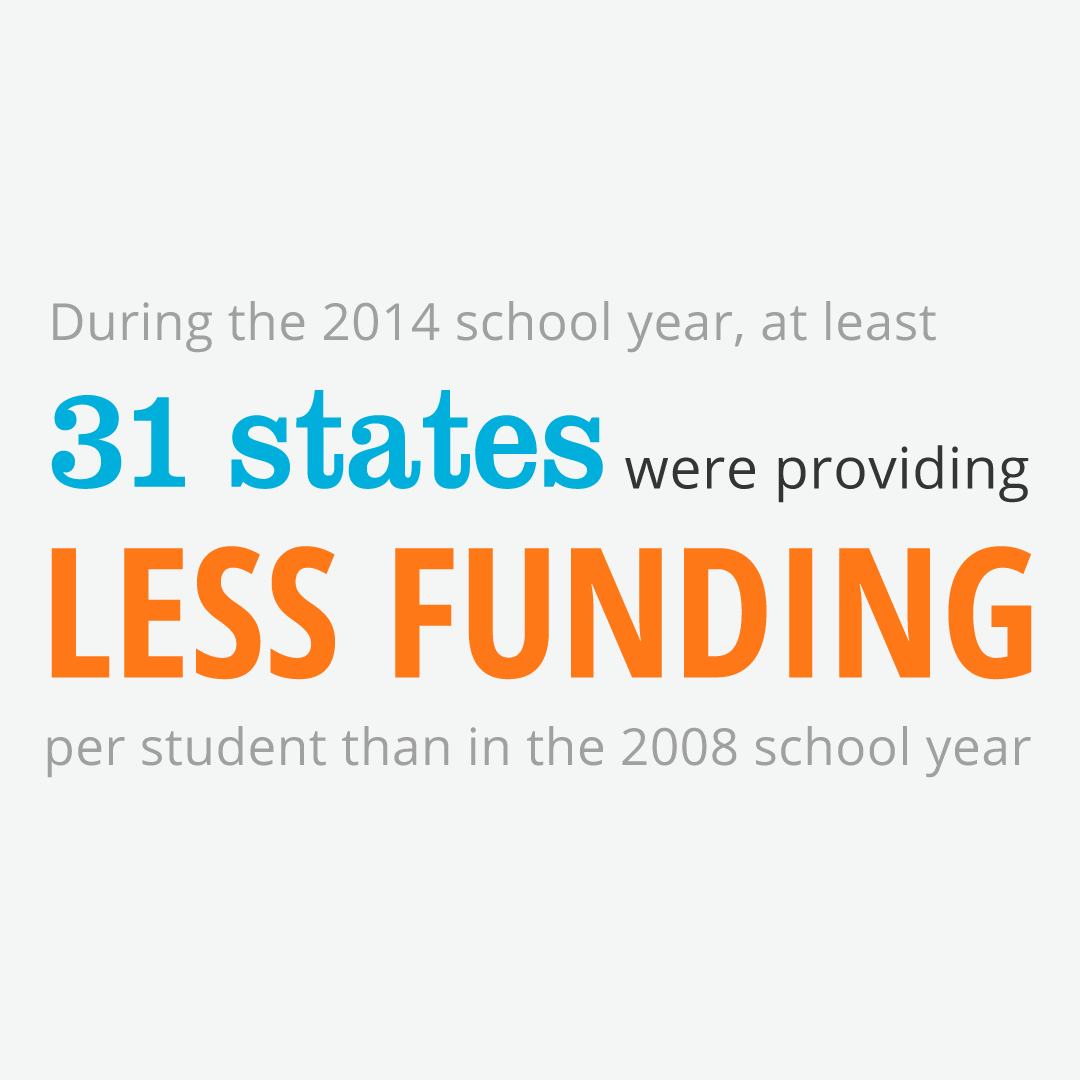By: Martin Hight
ASCE filed comments with the Federal Emergency Management Agency (FEMA) on May 11th, in response to a request for comments on its Building Resilient Infrastructure and Communities (BRIC) grant program. The BRIC program supports states, local communities, tribes, and territories in projects that reduce risks from disasters and natural hazards. This grant program is a result of amendments made to the Stafford Act by the Disaster Recovery Reform Act of 2018 (DRRA), for which ASCE was a strong proponent, working with the community and organizations over several years that eventually led to DRRA’s enactment.
We must be anticipating how change in climate could impact our designs, needs, and future infrastructure. This means anticipating how change in climate could impact our designs and our needs, which includes extreme weather events and sea level rise. The DRRA authorized the National Public Infrastructure Pre-Disaster Mitigation fund, which will be funded as a six percent set-aside from disaster expenses, to allow for a greater investment in mitigation before a disaster. FEMA is implemented this by creating the BRIC Program, publishing a draft policy on April 17, 2020 to provide guidelines on how to administer this program.
ASCE responded to this policy by commending FEMA for its efforts to implement the transformational provisions of DRRA and for engaging the stakeholder community— including ASCE— in the implementation of BRIC. ASCE acknowledged FEMA’s effort for closely following the intent of Congress, who recognizes that it is not sustainable to continue to rebuild in the same way following disasters, and to saves live and prevent economic loss, we must focus our efforts to rebuild resiliently. ASCE believes that this program will expand resources for new, innovative infrastructure projects that not only reduce risks, but are a wise investment of federal dollars and resources. After all, every dollar spent on pre-disaster mitigation and preparedness saves $6 in rebuilding costs after a storm.
In the statement, ASCE addresses specific parts of the BRIC program, emphasizing the importance of building codes and the standards on which they are based, and how these standards improve public health, safety, and welfare in the built environment.
The Society also encourages FEMA to continue to support widespread adoption and enforcement of up-to-date building and infrastructure codes.
Our future depends on resilient infrastructure, and as civil engineers, we are thinking about building infrastructure that will last for one hundred years or more. We have faced many challenges in recent years from hurricanes and wildfires to severe flooding and fatal tornadoes. These challenges are what engineers need to be anticipating as we work to make our infrastructure more resilient. We encourage a resilience-focused mindset for the industry as our future depends on it.























































